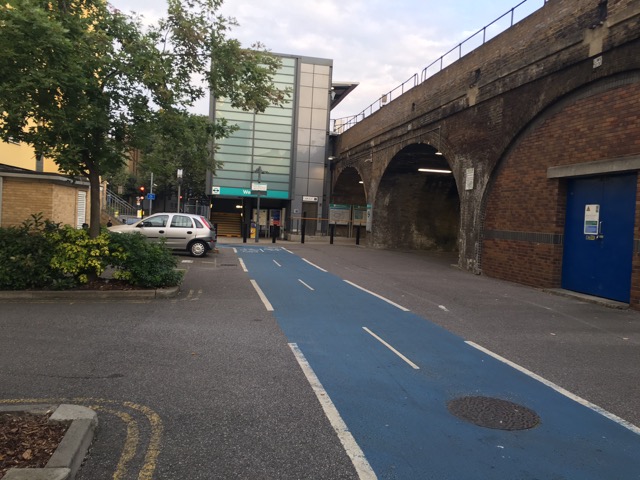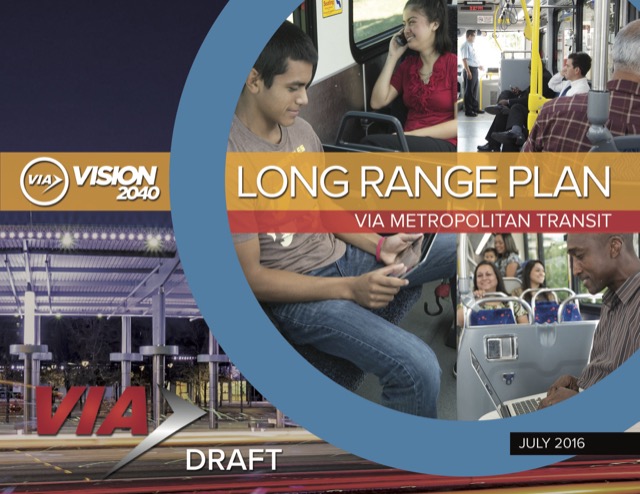Portland-area politicians love to build things. In 2004, Multnomah County, the county in which Portland is located, built a new jail, called Wapato, at a cost of $58 million even though county officials knew they had no money to operate the jail. It has been empty ever since.
Now officials want to spend $60 to $100 million building a shelter for the homeless near terminal 1, a former port facility on the Willamette River. So someone came up with a bright idea: why not use Wapato Jail as a homeless shelter?
One argument against the idea is that most homeless people gravitate towards downtown. But terminal 1 isn’t downtown either. Another is that Wapato isn’t set up as a homeless shelter. But it would cost a lot less converting it to a homeless shelter than to build a brand-new one.










